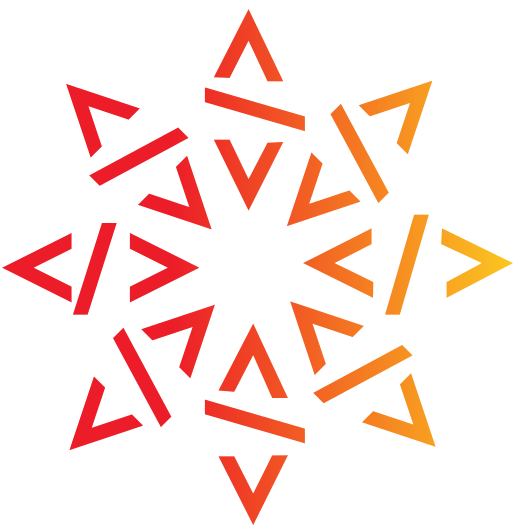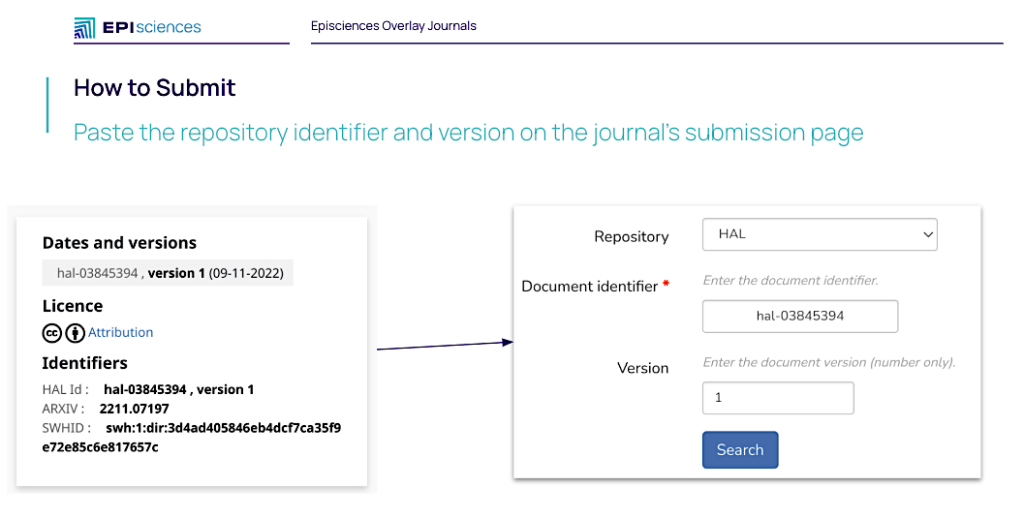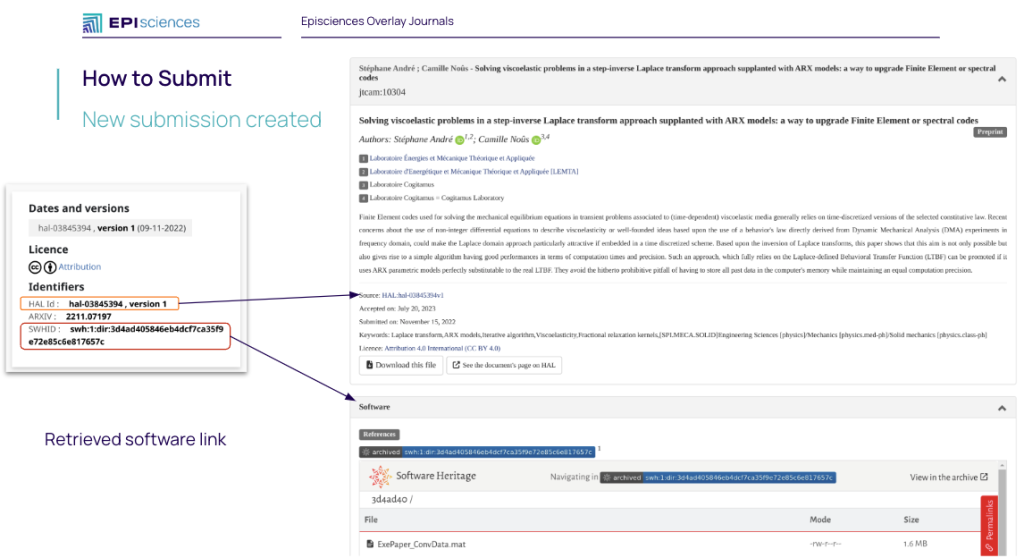Episciences links article code through Software Heritage

Software Heritage, the universal source code archive, preserves and provides access to source code as vital digital heritage. Researchers can directly link their published scholarly articles to the software that powers them. This new capability enhances research reproducibility and transparency by connecting findings to specific software versions.
Software Heritage partnered with the Center for Direct Scientific Communication (CCSD) to make this happen. The collaboration previously enabled software deposits on HAL in 2018, laying the groundwork for this new capability. Episciences, an overlay journal that hosts articles from open repositories like arXiv, Zenodo, and bioRxiv, now builds on a 2018 collaboration that enabled software deposits on open archive HAL, allowing authors to link to software archived there. Authors and journals using Episciences can link their articles with supplementary software via Software Heritage, using a SoftWare Hash IDentifier (SWHID) or a HAL-ID.
There are three basic steps:
- Submit software to HAL
Depositing software via HAL ensures its sustainable archiving in Software Heritage. The complete deposit procedure is detailed in the HAL documentation: Deposit software source code.
- Or, you can deposit software directly into Software Heritage by making a “Save Code Now” request with a GitHub URL. For more details, see this post: Save and reference research software
- Link the software to the Episciences publication by adding a SWHID or a HAL-ID to your publication. For more, check out the Episciences documentation or this YouTube walkthrough.
Building on this ability to link articles and software, Episciences actively works to meet the evolving needs of researchers. Episciences is emerging as a new model in academic publishing, improving the visibility and accessibility of research articles that have already been peer-reviewed and published in conference proceedings. Instead of building a new library (traditional journal), overlay journals act as a highly knowledgeable curator who goes through existing open shelves (repositories), selects the best books, writes introductions for them, and creates a guide (the journal) pointing readers to those excellent, freely available books. This approach allows researchers to submit their conference papers to Episciences for additional scrutiny and broader dissemination, potentially increasing the impact and reach of their work.
“One fundamental aspect of the openness of science is the close link between scientific publications and associated research data. This link is essential for the transparency, reproducibility, and the overall progress of science. Episciences responds to this dynamic by inviting authors to supplement the submission of their document with a link to the dataset and/or software used in their work,” Agnès Magron CCSD
Beyond enabling these connections, Episciences actively contributes to the wider open science movement. The API and connector for Episciences were developed as part of the European Union-funded FAIRCORE4EOSC project. Episciences is also a member of the SCOSS Family. This commitment underscores why enabling this link via Episciences and the Software Heritage integration with HAL is paramount for research reproducibility, transparency, and accountability.
The next step is leveraging the COAR Notify protocol (developed by the Confederation of Open Access Repositories, COAR) to share links between different research object types.
The established partnership with CCSD, the successful HAL integration, and its utilization by Episciences provide a practical way for researchers to ensure their essential software is archived by Software Heritage and discoverable with their publications. Researchers and journals using platforms integrated with open repositories like HAL are encouraged to leverage this capability to link their software to their scholarly articles using Software Heritage. The partnership is about building a clearer, more open scientific story, where the findings and the code that powers them are part of the same picture.


